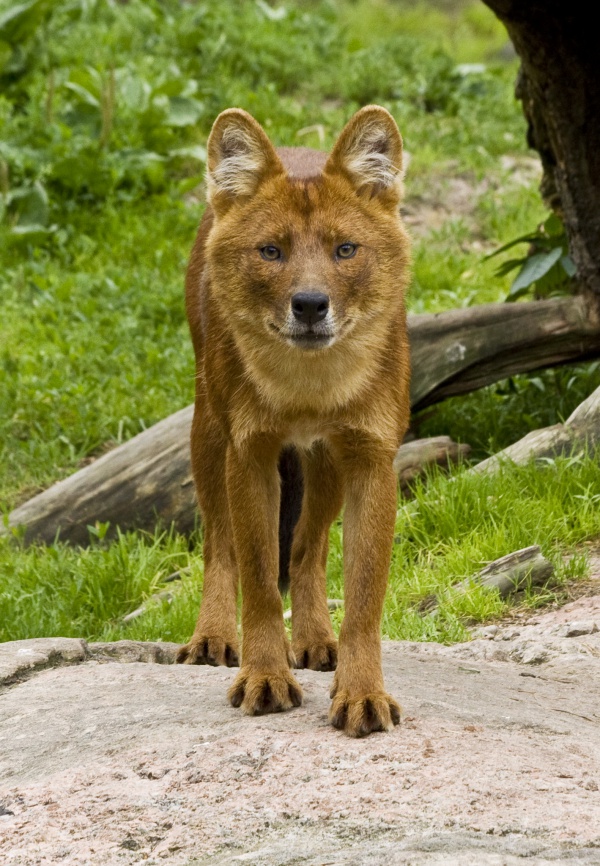Facts About Ussuri dhole
The Ussuri dhole, also known by several names including the Indian dhole, Eastern Asiatic dhole, Chinese dhole, and Southern dhole, is a subspecies of dhole native to East Asia. These animals are distributed across the Indian subcontinent and the Indochinese Peninsula, extending from South to Northeast Asia. Among all dhole subspecies, the Ussuri dhole is particularly notable for its size, bright red coat, narrow skull, and seasonally changing fur.
These wild dogs are highly adaptable, inhabiting a variety of environments such as forests, plains, grasslands, savannas, steppes, and even alpine tundra. Their diet primarily consists of small and large herbivorous mammals, including chital, sambar, deer, and wild boar. Despite their adaptability, Ussuri dholes are endangered, with low population densities being a significant concern. They face severe threats from habitat loss, prey scarcity, and diseases transmitted by other canids.
Conservation efforts for these remarkable animals include legal protection under wildlife acts in countries such as India and China. Conservation breeding centers have been established to aid in increasing their numbers. Ussuri dholes are bred in captivity worldwide, and various countries have enacted laws to restrict hunting and other forms of exploitation. The objective of these conservation initiatives is to protect the Ussuri dhole population and ensure their continued survival in the wild.

 India
India